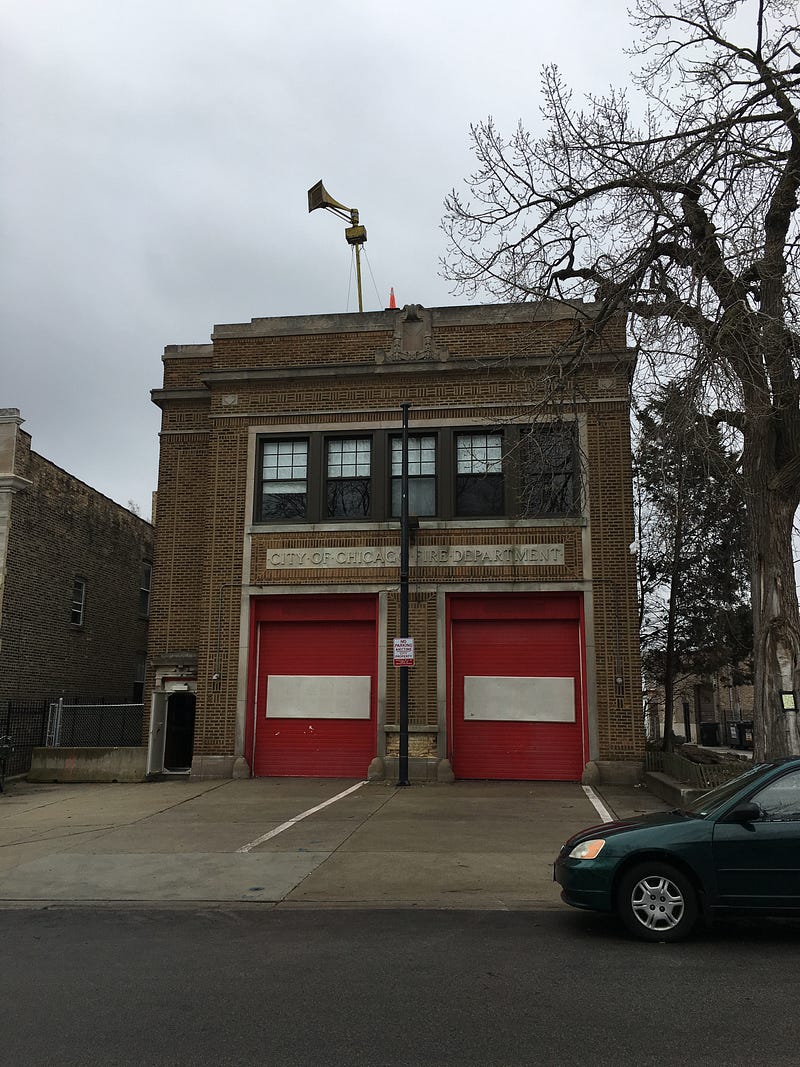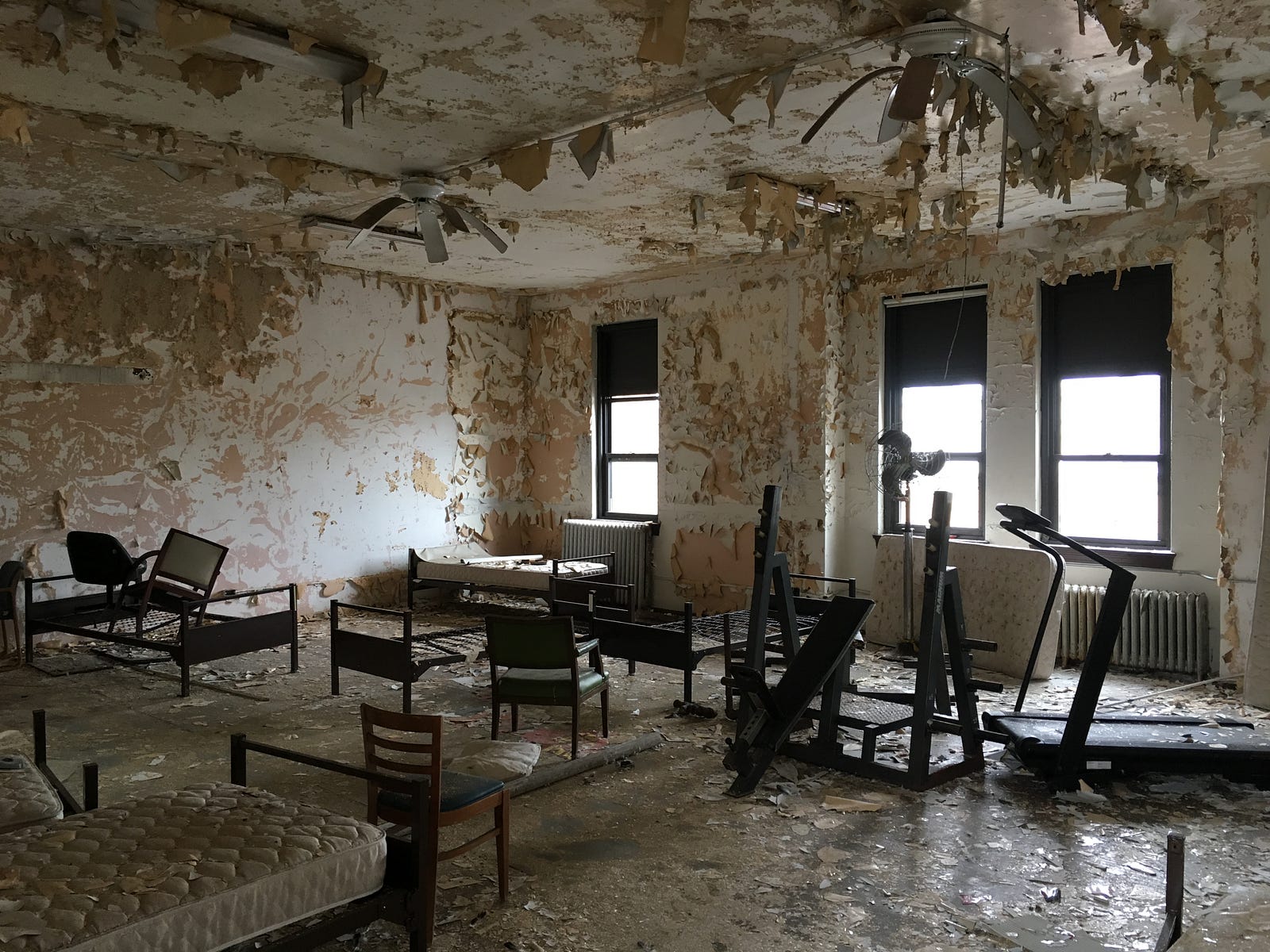This blog post was inspired by Steven Lucy’s comments on Twitter about three different “regional rail” networks.
New York Governor Kathy Hochul announced in her State of the State speech the other day that the Metropolitan Transportation Authority (MTA), a state authority that operates New York City’s transit, would do a feasibility study for the “The Triboro” (or “Interborough Express”).
The line would use existing freight railroad rights of way to connect Queens and Brooklyn (ironically there isn’t a third borough connection).

Transit Twitter has been abuzz, as reusing infrastructure is a really good idea!
John Surico, a professor in New York City, tweeted, “Wonder if NYC is about to have its London Overground moment. An overlooked transit project using freight lines, ended up being way more popular than expected. Since led to new routes, changed where Londoners saw themselves living, and connected otherwise disconnected locales.”
Steven Lucy, a business owner in Chicago, said in response, “Everyone says ‘Chicago RER’ or ‘Chicago S-Bahn’ but I think Chicago is ripe for a London-style Chicago Overground.”
I think all three – RER, S-Bahn, and London Overground – can be grouped as “regional rail”, which constitutes passenger trains running between center cities and their suburbs, stopping at the major stations and a few key stations in the cities, at frequencies higher than commuter and intercity rail and lower than rapid transit.
Regional rail is not quite a walk-up-and-board service, but it’s better than having the hourly or every other hour off-peak service that most United States cities with passenger trains endure.
What are they?
Someone asked Lucy, “What’s the difference between those three?”
Lucy: “My view: they all kind of operate similar service but have different histories.”
I’ll summarize those, and show some of my photos since I’ve ridden and experienced all three types of regional rail.
S-Bahn
Lucy: “Most S-Bahn systems share tracks and stations with long-distance trains (Berlin huge exception) and mainly serve one corridor in city center with branches to burbs.”
The “S-Bahn” branding, in particular, is used only in German-speaking countries, while in Denmark you’ll find the S-tog. The Wikipedia article for S-train reports a few other networks with similar branding.
S-Bahn trains typically use the same fare structure as the metros (rapid transit) they intersect with. And, in Germany, most S-Bahn trains look the same! Berlin is a major exception, and there are also some smaller networks with unique liveries. German regional transit is owned by cross-state cooperative transit agencies called “zweckverband” (a singular word there) who can operate lines themselves or contract them to other operators, and often S-Bahn services are contracted to DB, the federally-owned railway corporation.
RER
Lucy: “RER was built from scratch post-war, mostly underground in city, to relieve both metro lines and traditional commuter rail.”
When used without qualifiers, RER means “Réseau Express Régional” in French, for Regional Express Network, and the term refers to the hybrid system used in Île-de-France, the region that includes Paris and its suburbs. Many of the lines are interlined, meaning they share routes and stop at some of the same stations. That means that some stations will have high-frequency service and appear to have a “walk up and go” function, but not all trains stopping there are going to the same place.
The acronym works great in English, though –Regional Express Rail – and it’s being used in Toronto to denote a project to increase frequencies on the GO Transit commuter rail lines.
To call something that’s not in Paris “an RER” would mean that a transit authority is increasing the frequencies and service hours (later runs) of a commuter line and adjusting the fare structure to make it usable for more people.
The goal is to build a transit system that supports non-work trips at any time of the day for everyone; rather than weekday rush hour commuters that many regional trains in the United States (cough Metra cough) serve.
It’s debatable whether the Long Island Railroad (LIRR), Metro North Railroad (MNR), and New Jersey Transit (NJT) in the New York City metropolitan area are a type of “RER”. There are some periods in their schedules, outside of peak periods, when there is better than hourly service, but the two systems do not have fare integration with buses, PATH subways, or NYC Subway, adding a barrier to people using the complete network.
London Overground
Lucy: “Overground took over some underused / disused lines and is kind of a lower-capacity mesh to the complement the Underground, mainly non-radial trips.”
On the Transport for London map, all Overground lines share the same hue of orange, and are identified by their geographic names. S-Bahn lines are typically called “Sx” where “x” is a number, and the five RER lines are letters A through E.
I think it’s neat that the London Overground runs on original embankments between buildings in the city, making its presence very visible, much like the stations on Chicago’s four-track North Side Main Line (all of the Red, Brown, and Purple Line stations north of North Avenue).
One thing that several people noted in the various branches of conversations on Twitter were the effect on land use and development after the London Overground lines opened. I don’t know the details, but some said it accelerated gentrification.
In Chicago, I don’t think converting Metra to an RER system would accelerate gentrification across the system because the current characteristics that inhibit or mitigate gentrification in many of Chicago’s neighborhoods (one of that characteristics is Chicago’s segregation and aldermanic privilege situation, which is better described by the Chicago Area Fair Housing Alliance).
The situation would be a little different if Metra added new stations or restored historic stations, as stations change market and neighborhood development fundamentals. For example, there used to be a station (with trains from Metra’s BNSF predecessor) two blocks from where I live in Little Village. The station area is now John G. Shedd Park.
Metra’s current leadership has indicated their desire to increase service frequency, but remains opposed to electrification (a key change to increase service frequency and operational efficiency and reducing costs) and has not indicated a desire to revamp their operations “style”.






 The city-owned fire station at
The city-owned fire station at 



